Astronomers have discovered a long stellar stream extending from the iconic galaxy Messier 61 (M61), which has been found to have torn apart a smaller galaxy in the past. The discovery was made using the first test image from the Vera C. Rubin Observatory, a state-of-the-art astronomical facility located in Chile. The observatory's colossal camera has yet to begin its official scientific survey, but the initial test image has already provided a significant breakthrough in understanding the history of the galaxy.
According to Sarah Pearson, an astrophysicist at the University of Copenhagen, the discovery of the stellar stream is a significant finding. "This is the first stellar stream detected from Rubin, and it's just a precursor for all of the many, many features we'll find like this," she said. The stellar stream, a trail of light that extends from the galaxy, suggests that M61 once tore apart a smaller galaxy, leaving behind a trail of stars.
The galaxy M61 has been a subject of interest for astronomers since its discovery in 1779 in the Virgo Cluster of galaxies. It is known for hosting a slew of supernovae and churning out new stars at a surprisingly high rate. The discovery of the stellar stream provides new insights into the galaxy's history and its interactions with other galaxies in the cluster.
The Vera C. Rubin Observatory is a cutting-edge facility that is equipped with a 3.2-gigapixel camera, which is capable of capturing images of the entire southern sky in a single shot. The observatory is expected to revolutionize the field of astronomy by providing unprecedented views of the universe. The discovery of the stellar stream is a testament to the observatory's capabilities and its potential to rewrite cosmic history.
The implications of this discovery are significant, as it provides new insights into the formation and evolution of galaxies. According to Dr. A. Romanowsky, one of the authors of the study, "The discovery of the stellar stream from M61 suggests that galaxy interactions and mergers play a crucial role in shaping the structure and evolution of galaxies." This discovery has the potential to change our understanding of the universe and its many mysteries.
The Vera C. Rubin Observatory is currently in its testing phase, and its official scientific survey is expected to begin soon. The observatory's scientists are eager to continue exploring the universe and uncovering new secrets. As Sarah Pearson noted, "We're just getting started, and we're excited to see what other surprises the universe has in store for us."



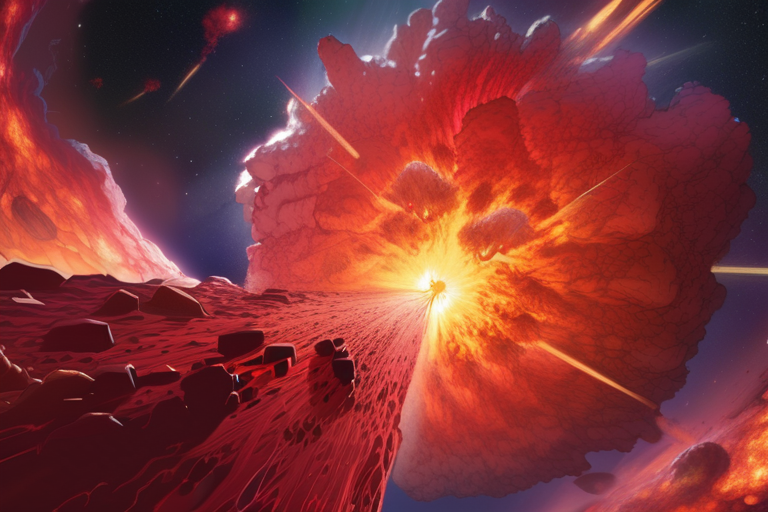
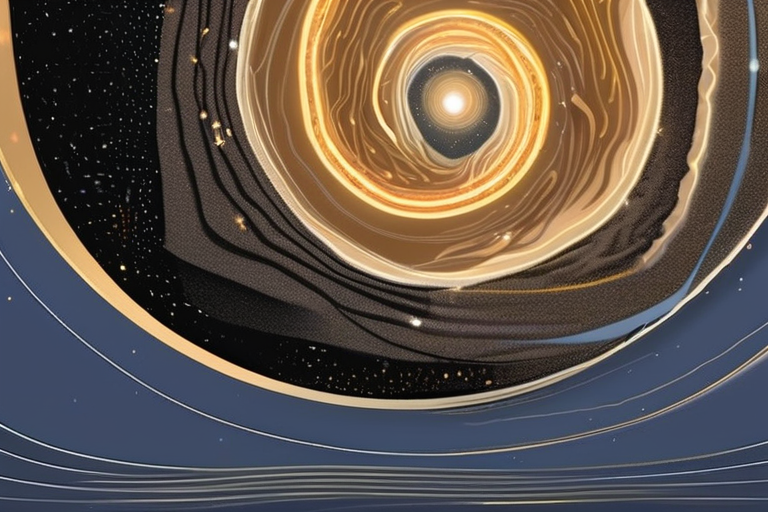

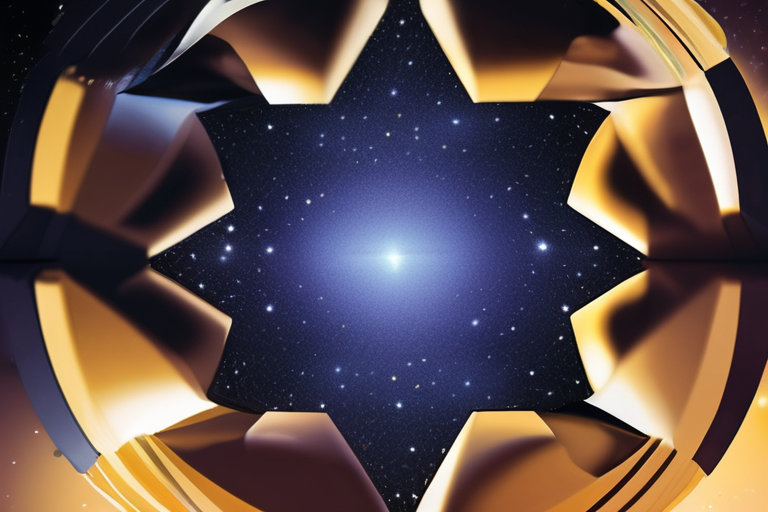
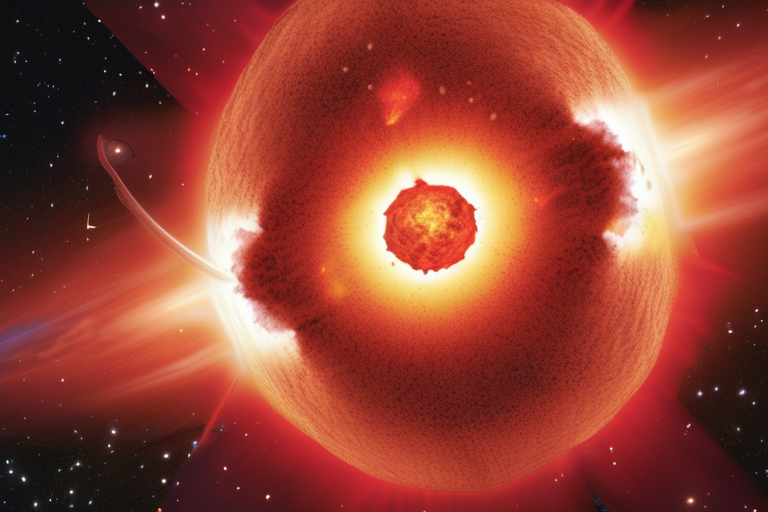
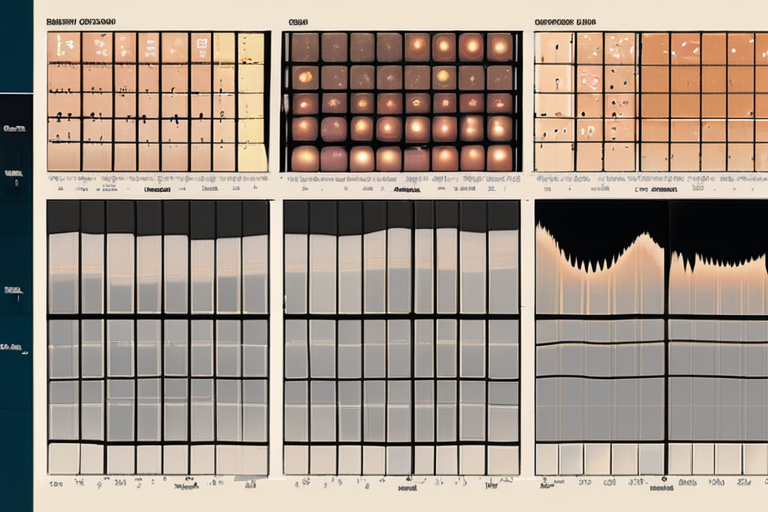
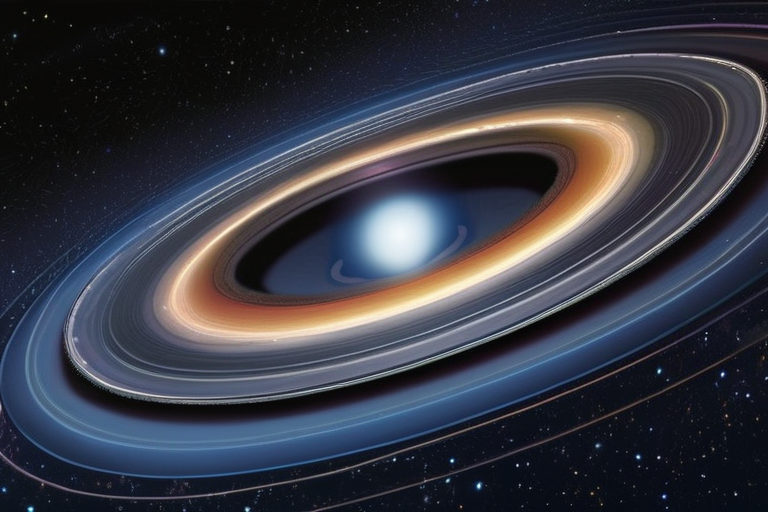


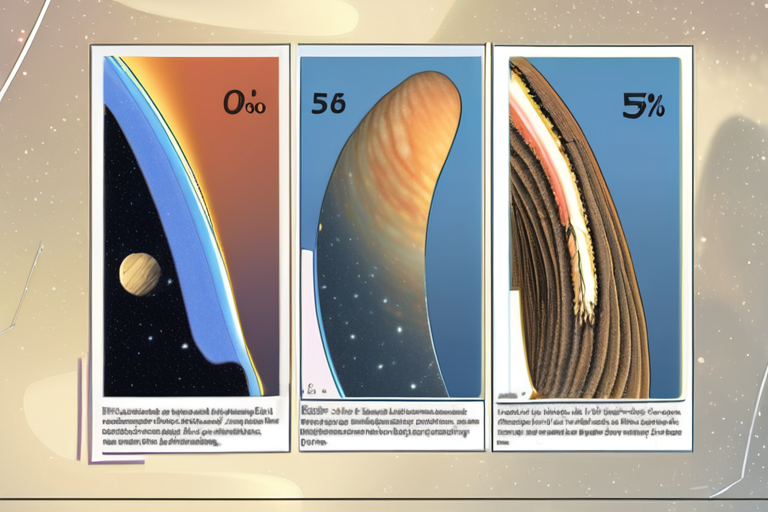
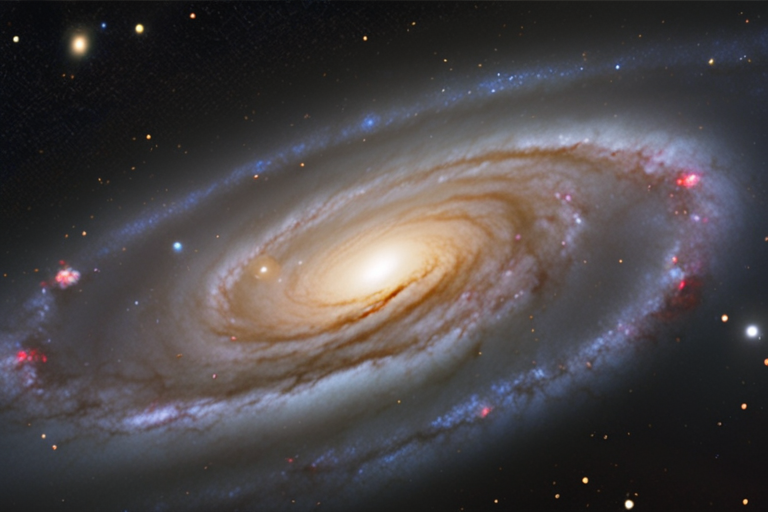
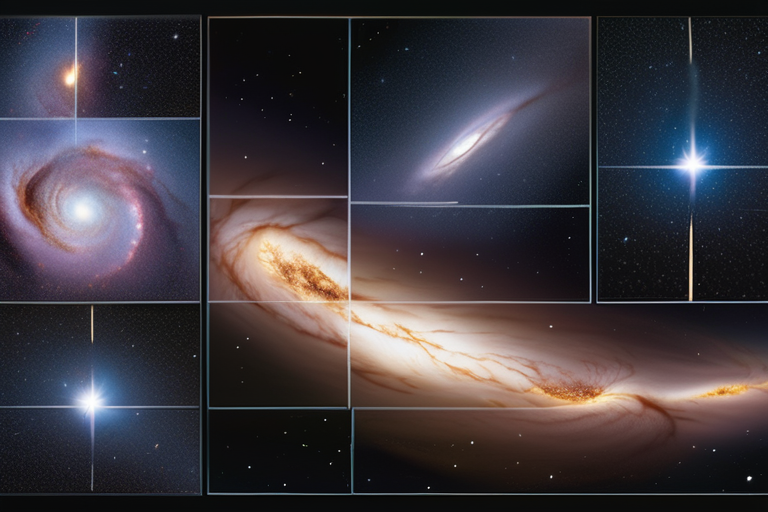
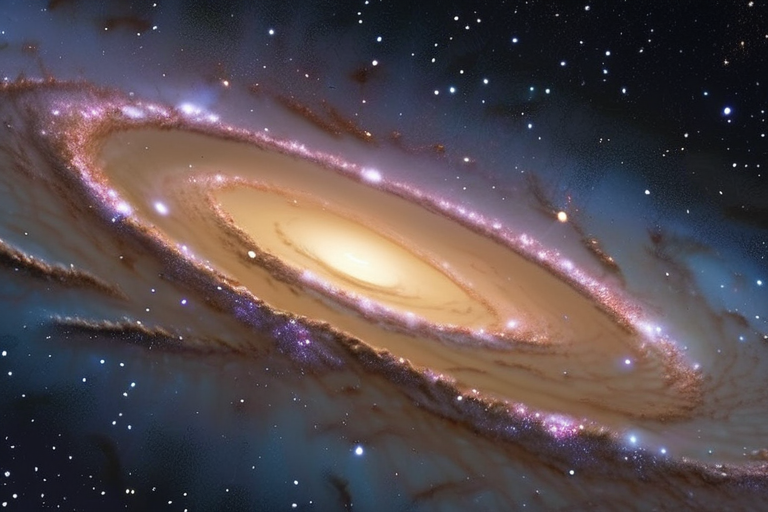

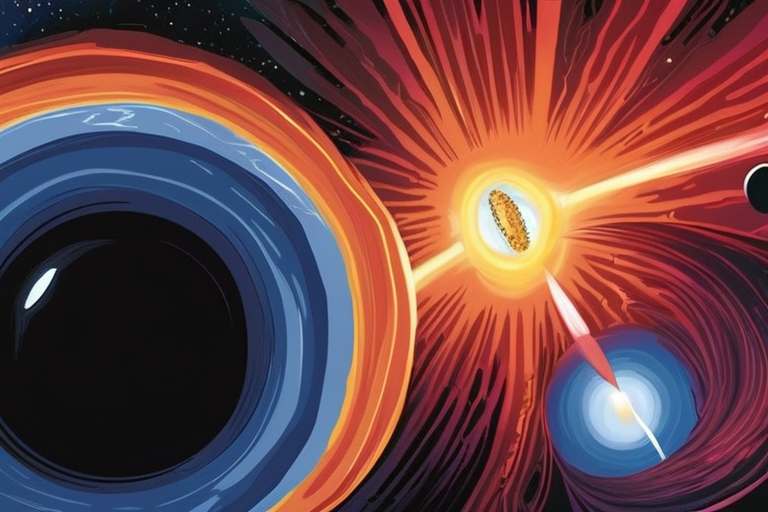
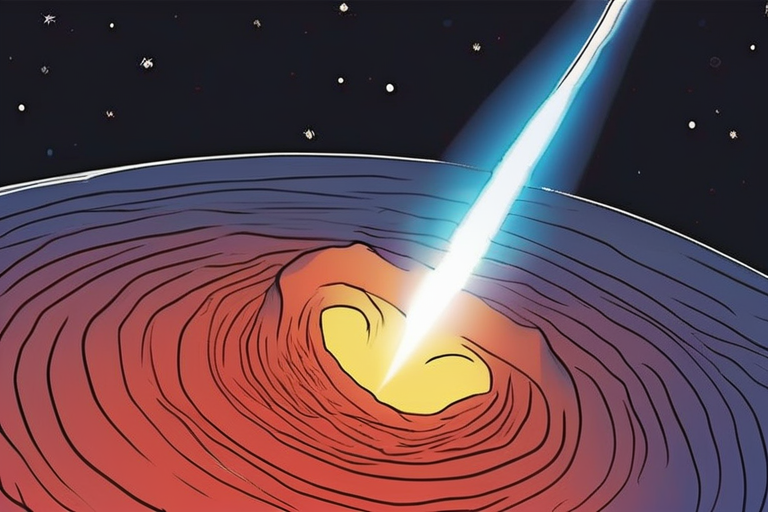
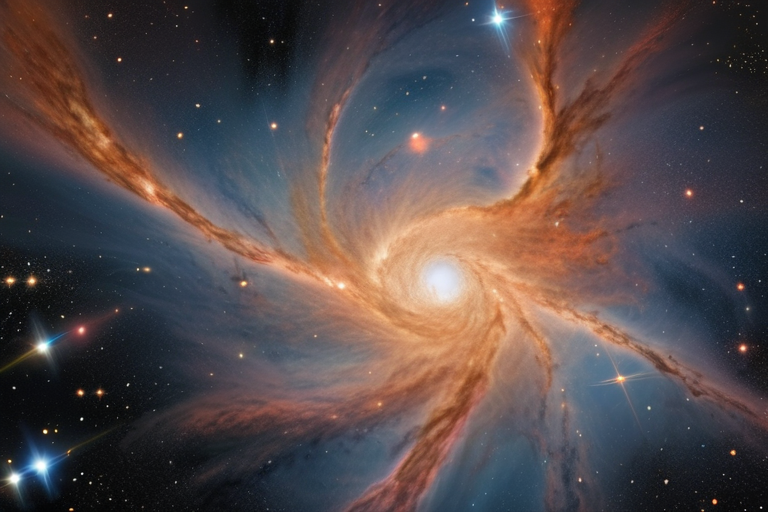
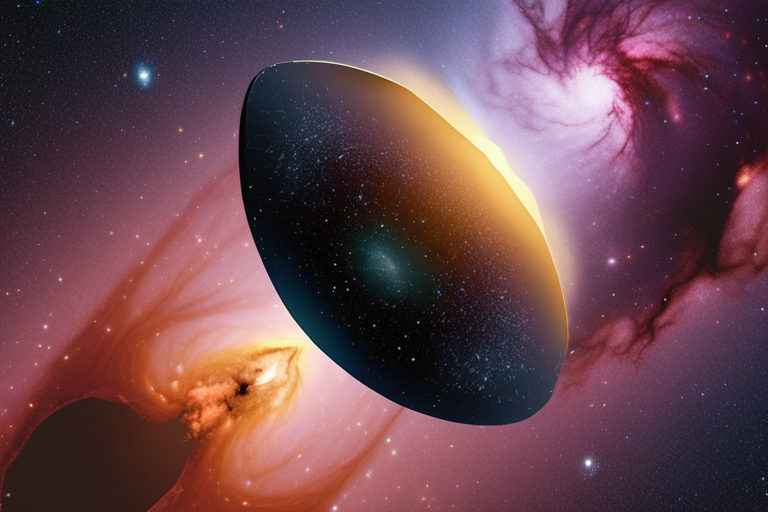
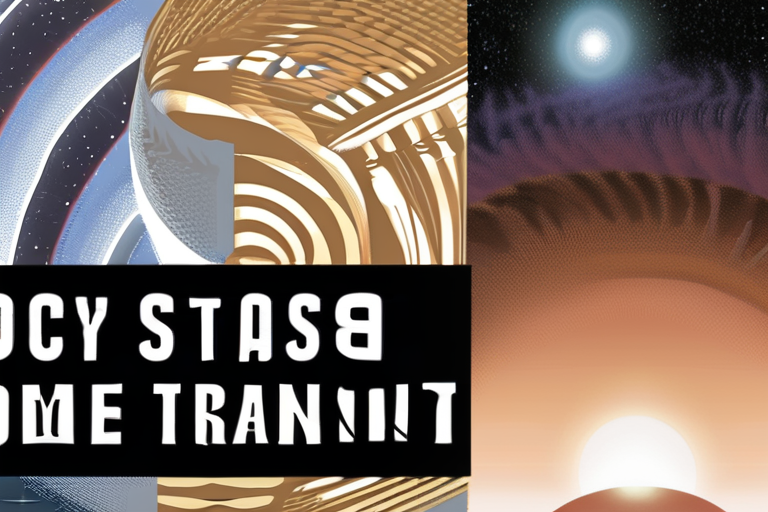
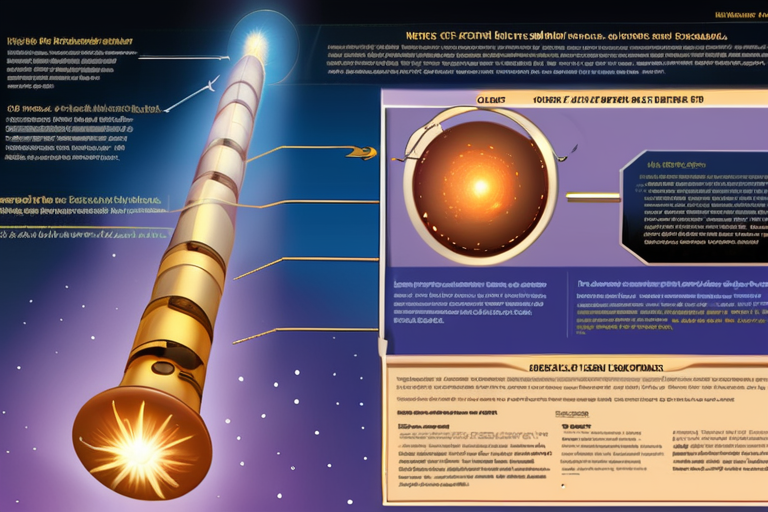
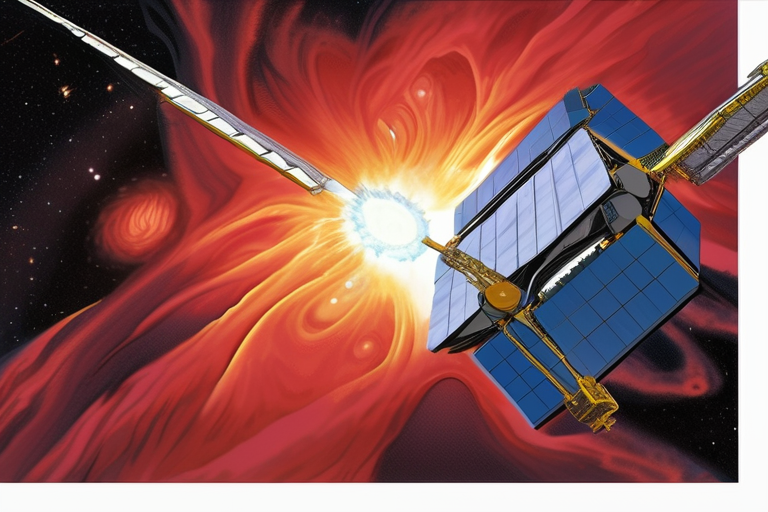
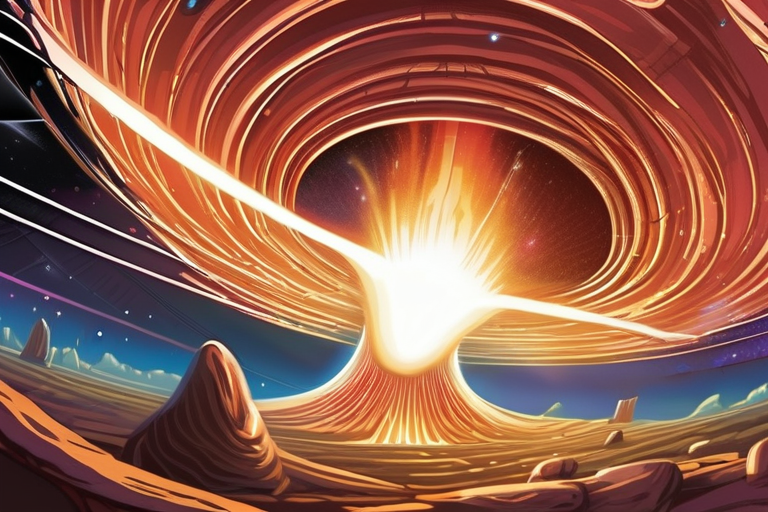
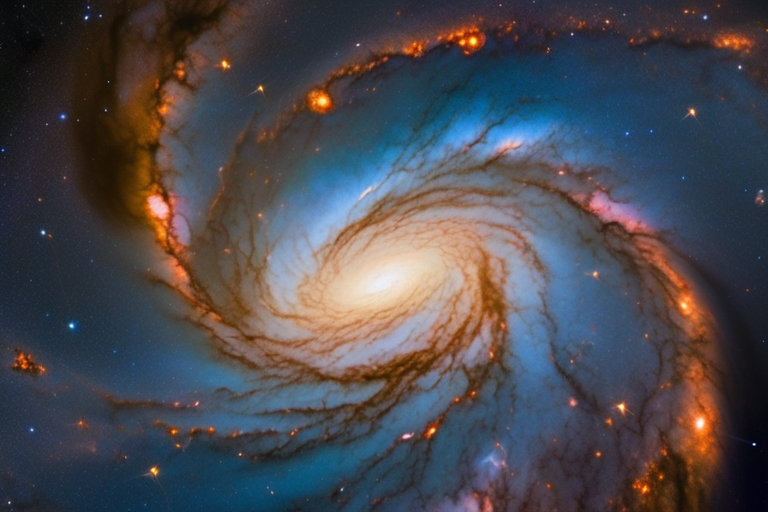
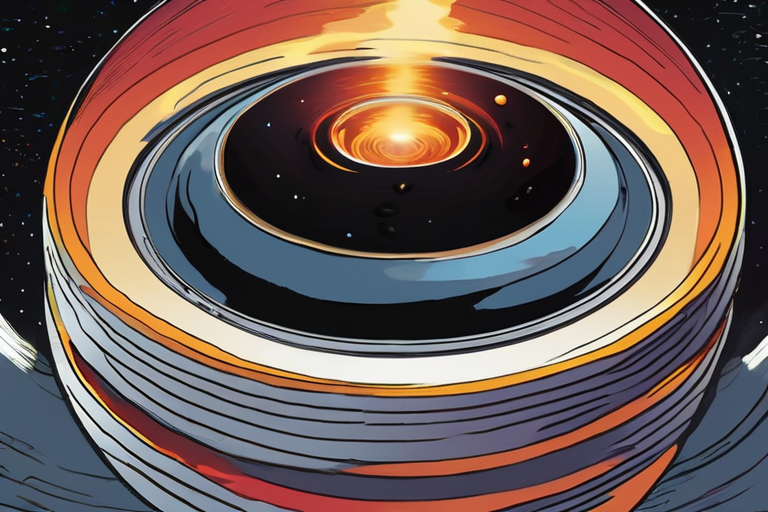
Share & Engage Share
Share this article